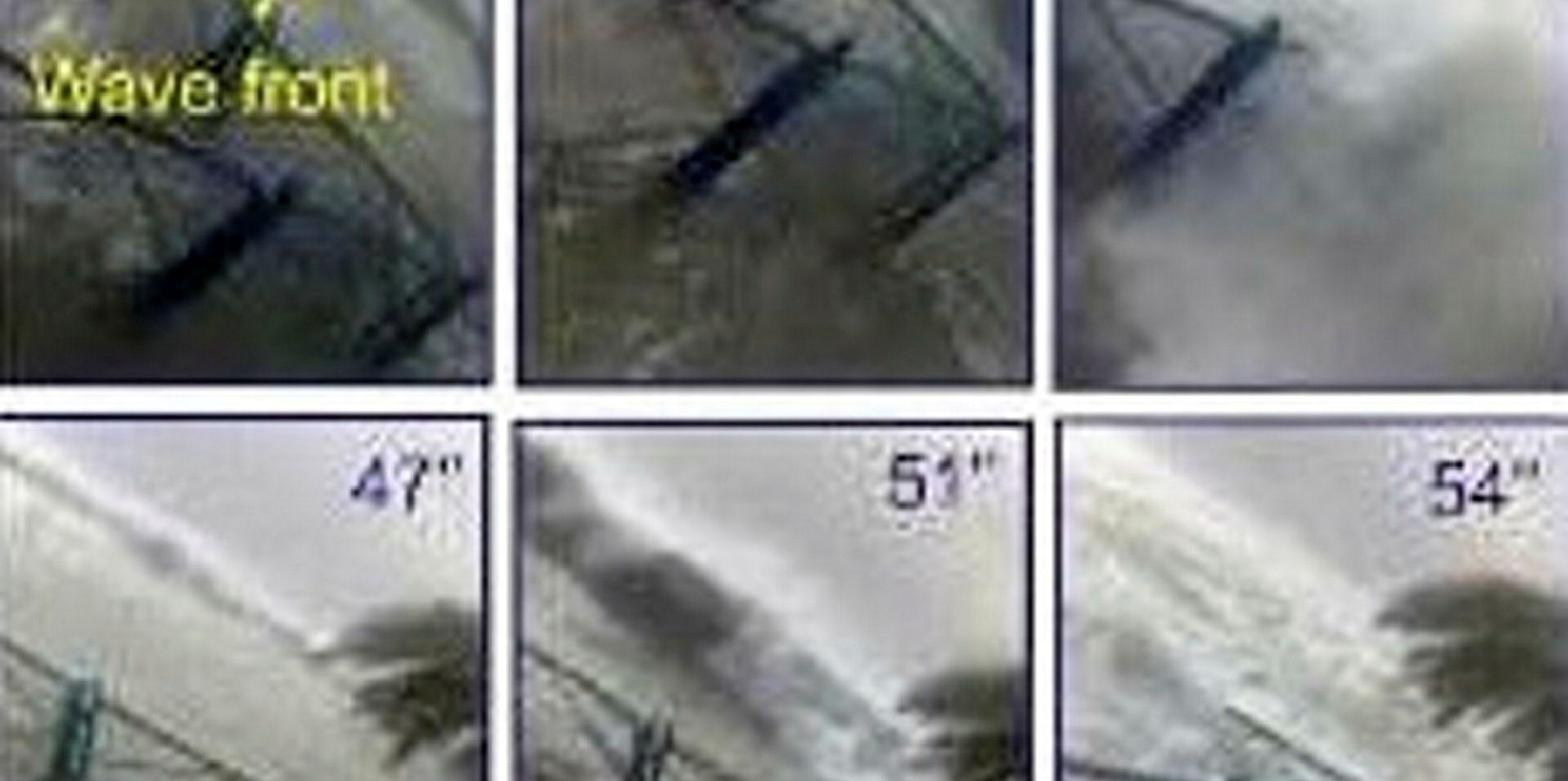As if shipowners did not have enough to worry about in these tense times, research has shown the Middle East Gulf is highly vulnerable to "monster waves".
Scientists from Brunel University London have discovered that the region previously thought to be tranquil is actually a hotspot for tsunamis.

Extreme weather
Brunel started studying the phenomenon after a calm, cloudy March day in 2017 saw powerful three-metre waves thrash the coast of Iran, killing five, injuring 20 and causing untold damage.
The Gulf is not known for tsunamis and has not shown signs of earthquakes or underwater landslides big enough to trigger such extreme weather, the university said.
It means the route Saudi Arabia, Iran, [the] UAE, Iraq, Qatar, Kuwait and Bahrain export most of their oil through, once thought safe from tsunamis, is at risk
Brunel University
But after analysis of air pressure, sea level records, satellite imagery and witnesses, scientists have attributed the waves to "weather events".
Massive disruption
In the days before and after the waves struck Dayyer in southern Iran, atmospheric conditions were unusual, noted the study published in Pure and Applied Geophysics.
“But they are not exceptional and can occur again in the future,” it added. It blamed possible climate change effects.
"It means the route Saudi Arabia, Iran, [the] UAE, Iraq, Qatar, Kuwait and Bahrain export most of their oil through, once thought safe from tsunamis, is at risk," the university said.
“The north eastern coast of the Persian Gulf should be considered a hotspot, highly vulnerable to extreme atmospherically induced tsunami-like waves,” said Brunel's Dr Mohammad Heidarzadeh.
This means oil supply and refineries could endure "massive disruption", the report added.
Brunel called for tsunami risk reviews to be carried out.



